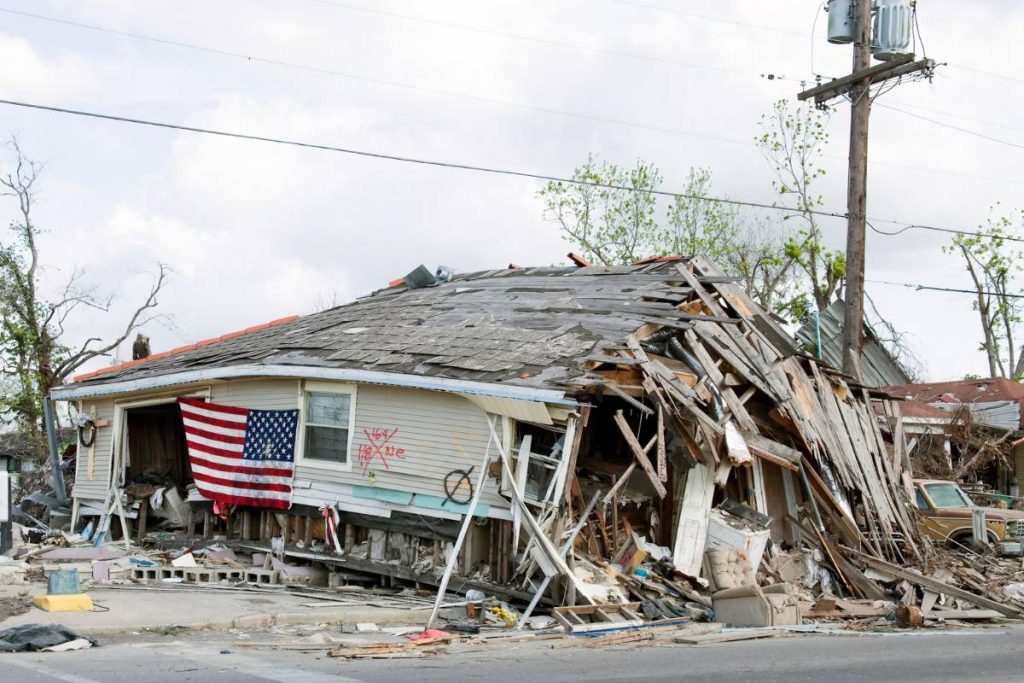There is nothing as unpredictable and damaging as a storm, leaving nothing but devastation in its path. We can not control natural disasters, but this article details how to deal with the damage once it’s blown over. Knowing this is crucial to ensure your safety and effective property recovery
When dealing with storm damage, follow the steps in this article to mitigate costs, salvage parts of your home with minimal damage, and plan.
Assessing the Storm Damage
After the storm has passed, check to see if you and your loved ones are unhurt. Next, walk around to gauge the level of damage to your home. Avoid downed power lines, protruding pipes, and cracked structures. They may look harmless, but one wrong move can be fatal.
Check your roof for leaks and cracks, look for broken windows and doors, and assess if your landscaping is damaged. An initial walk-through should give you a good enough idea of the storm damage.
Ensure the Surroundings Are Safe
Before you start repairs, ensure your surroundings are safe and you’re out of harm’s way. A downed power line could still have current flowing through it, so avoid touching it at all costs. Contact the electric company and let them know of the damage.
Do not attempt to move large fallen objects or fix any cracked structures. Chances are that everything is being held together delicately, and you touching it could bring it crashing down. Clear what debris you can to ensure no one gets hurt or your home isn’t damaged.
Get in Touch With Insurance
Contact insurance immediately to let them know the extent of storm damage to your home and surroundings. Take photos and videos to document the damage and keep detailed records of every affected area.
When filing an insurance claim, you want sufficient evidence to support it. Insurance companies aren’t fun, so you need proof and supporting material to process your claim.
Be Clear on Insurance Policy Terms
Review your insurance policy to determine what storm damage it covers and your deductible. Some policies cover temporary housing and living expenses while your home is repaired, so determine the extent of your coverage.
Be sure to always read the fine print your insurance companies give you. There are clauses buried there that let you know whether you’re covered.
Hire an Experienced Contractor
As frustrating as all this may be, don’t rush into finding a contractor to start repairs. Find a reputable contractor with the proper licenses, insurance, and good customer reviews. You want to avoid door-to-door contractors selling you quick fixes, usually subpar efforts that crumble not long after installation.
Speak with several contractors and get written estimates from each of them before committing to one. Have them outline the total cost of repairs (material, labor, and overheads), repair timeline, and other technicalities. Get everything in writing before you sign the contract and get work started.
Getting Repairs Done
Repairing your home after storm damage involves immediate repairs and long-term restorations. Each repair is important, but you need a system to prioritize.
Pick Immediate Repairs
Immediate repairs include roof tarping, window boarding, adding water lines, cleaning water tanks, etc. Each immediate repair makes your home habitable and secure, ensuring structural integrity and prioritizing safety.
Plan Long-Term Restoration
Contact contractors to assess the storm damage and create a restoration plan. Find the best local roofing company, HVAC Company, and handypersons. Budget for repairs and create a timeline for all the work.

Storm Damage Repairs
Nobody wants their home damaged in a storm, but the laws of nature cannot be mended to our will. This article details essential tasks such as damage assessment, insurance, and repairs.
You want to be thorough in finding the right people and picking the correct processes when working with this storm damage.
It will take time and effort to restore your home to 100%, but with time and effort, things will return to how they used to be.











